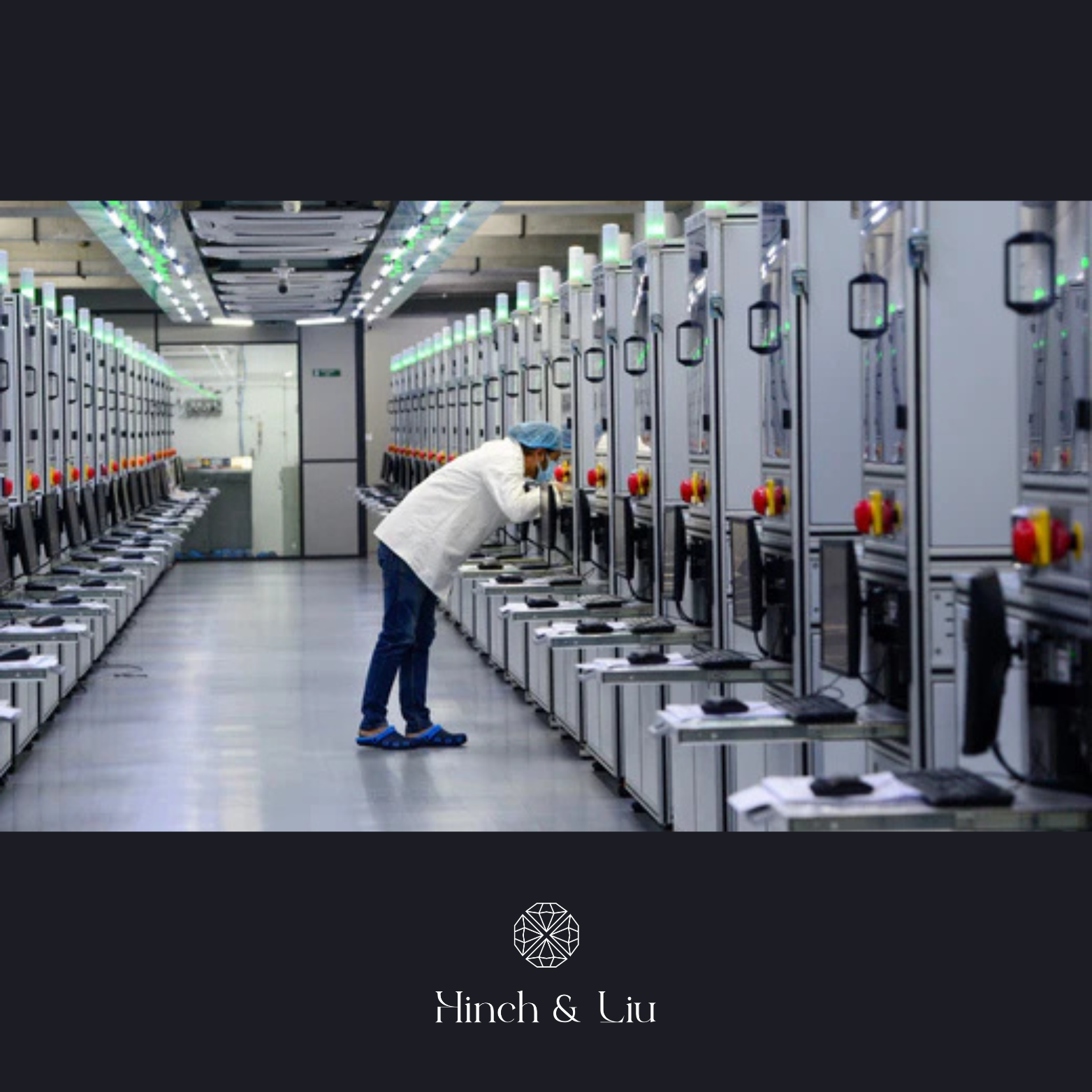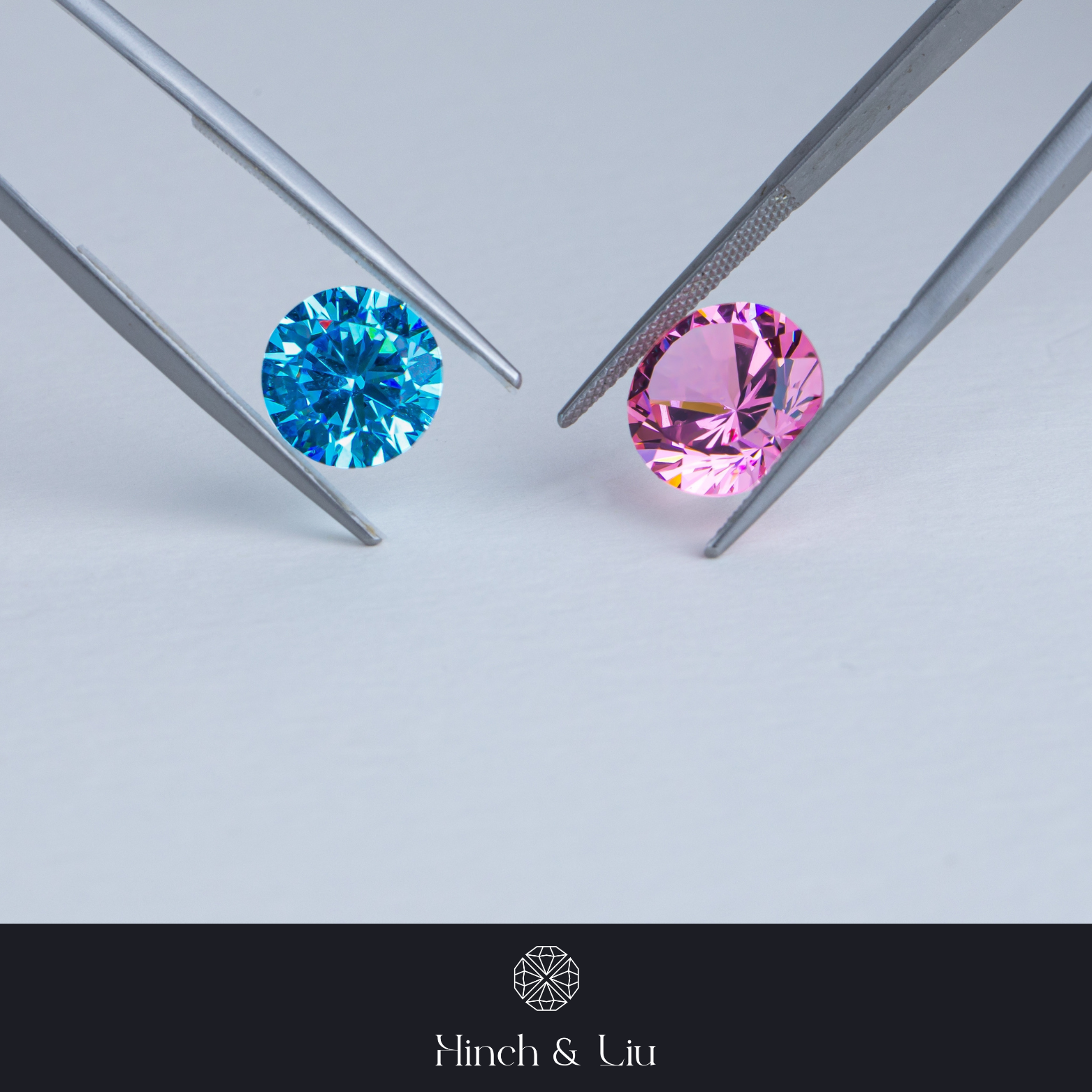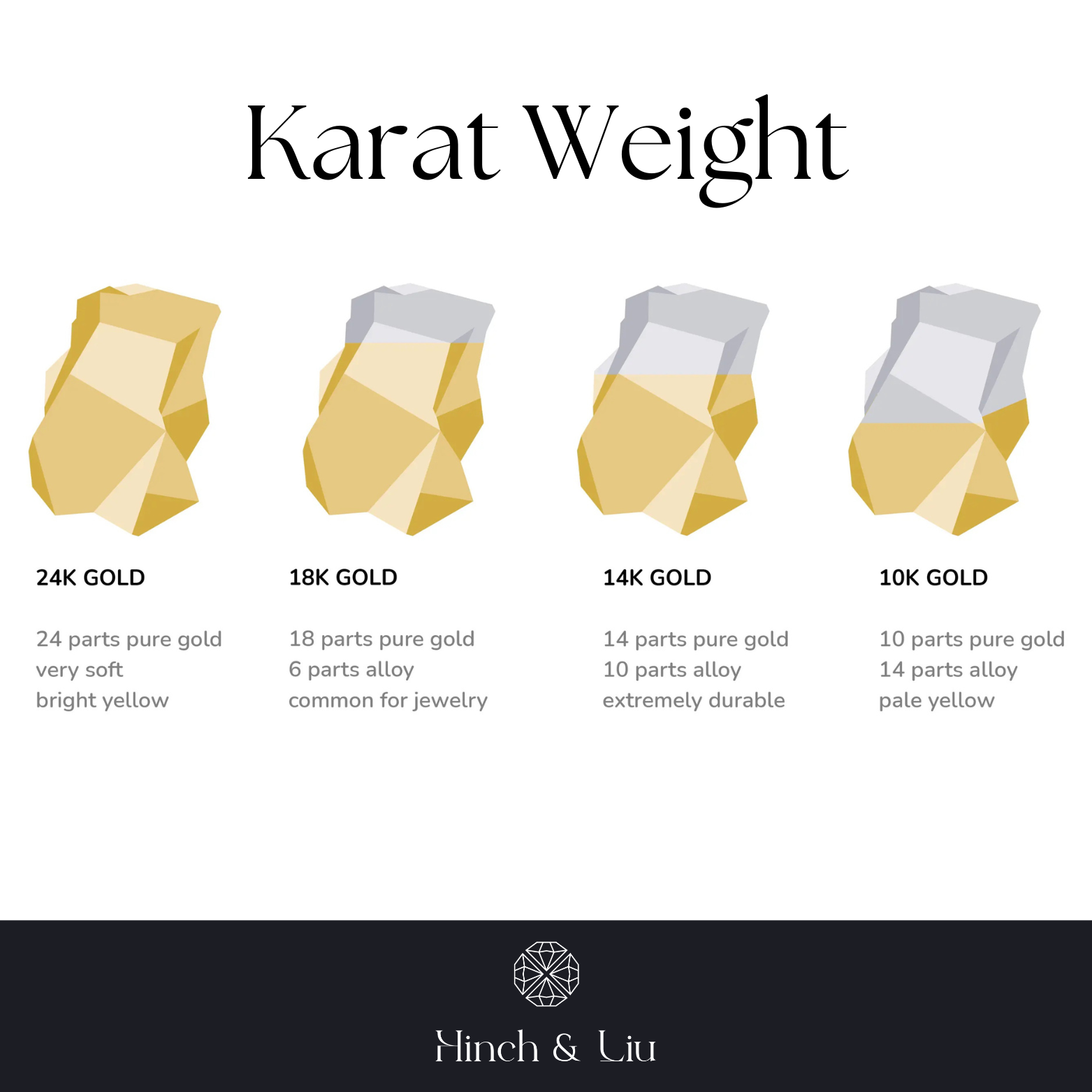
How Do You Make Diamonds in a Laboratory?
Diamonds have long been a symbol of beauty, strength, and rarity. Traditionally mined from the earth over millions of years, diamonds are now being created in laboratories using cutting-edge technology. These lab-grown diamonds are identical to natural diamonds in terms of chemical composition and physical properties, making them a popular and sustainable alternative. But how exactly are these diamonds made in a laboratory?
In this blog post, we'll explore the two primary methods of growing diamonds in the lab, the science behind them, and why lab-grown diamonds are becoming a game-changer in the jewelry industry.
The Science Behind Diamond Formation
Natural diamonds form deep within the Earth’s mantle under extreme heat (about 1,300°C) and pressure (725,000 pounds per square inch) over millions to billions of years. Diamonds are composed of pure carbon atoms arranged in a crystal lattice structure, which gives them their renowned hardness and optical clarity.
In the laboratory, scientists replicate these conditions to grow diamonds much faster — in a matter of weeks instead of millennia.
Methods of Creating Lab-Grown Diamonds
There are two main methods used to create diamonds in the lab: High-Pressure High-Temperature (HPHT) and Chemical Vapor Deposition (CVD). Each method produces high-quality diamonds but involves different processes.
1. High-Pressure High-Temperature (HPHT)
HPHT is the original method of growing diamonds in the lab, dating back to the 1950s. This process mimics the conditions in which natural diamonds are formed.
The HPHT Process:
- A small diamond "seed" is placed in a chamber that mimics the high-pressure, high-temperature conditions found deep within the Earth.
- A combination of graphite (carbon) and a metal catalyst (usually iron, nickel, or cobalt) is added.
- The chamber is heated to around 1,500°C and subjected to pressures exceeding 1.5 million pounds per square inch.
- Under these conditions, the graphite melts, and carbon atoms start to bond with the seed, forming layers of diamond.
In this process, the diamond seed grows layer by layer until it forms a complete crystal. The growth rate can vary, but a diamond can reach its final size within a few weeks.
2. Chemical Vapor Deposition (CVD)
CVD is a newer method that has gained popularity due to its ability to produce high-purity diamonds. Unlike HPHT, which uses extreme pressure and temperature, CVD creates diamonds from carbon-rich gas in a vacuum chamber.
The CVD Process:
- A diamond seed (usually a thin slice of a diamond crystal) is placed inside a chamber filled with gases such as methane and hydrogen.
- The gases are heated to high temperatures (around 800°C to 1,200°C), causing them to break down into plasma.
- The carbon atoms from the methane gas settle onto the diamond seed, bonding in layers and gradually forming a diamond crystal.
One of the major advantages of CVD is that it allows more control over the diamond’s size and quality. The process is also more energy-efficient and capable of producing diamonds with fewer impurities compared to HPHT.
Quality of Lab-Grown Diamonds
Lab-grown diamonds are chemically, physically, and optically identical to natural diamonds. In fact, even professional gemologists will not be able to tell the difference with naked eye.
- Chemical Composition: Both lab-grown and natural diamonds consist of carbon atoms arranged in the same crystal structure.
- Hardness: Lab-grown diamonds are just as hard as natural diamonds, scoring 10 on the Mohs scale of hardness.
- Clarity and Color: Lab diamonds can be produced in a variety of colors and clarities, just like natural diamonds. They are often graded using the same standards, based on the 4Cs (cut, color, clarity, and carat weight).
Benefits of Lab-Grown Diamonds
The rise of lab-grown diamonds has been driven by a variety of factors, particularly their ethical and environmental benefits:
- Sustainability: Traditional diamond mining is associated with environmental destruction, deforestation, and high carbon emissions. Lab-grown diamonds require far less energy and have a significantly smaller environmental footprint.
- Ethical Considerations: Lab-grown diamonds are free from the ethical concerns that surround "blood diamonds" or diamonds mined in conflict zones. Consumers can be confident that lab-grown diamonds are produced under controlled conditions without human rights abuses.
- Affordability: Lab-grown diamonds are generally up to 80% less expensive than natural diamonds. This makes them an appealing option for consumers who want the beauty of a diamond without the hefty price tag.
The Future of Diamonds
As technology advances, the future of diamonds is likely to see an increasing shift toward lab-grown options. Consumers are becoming more aware of the environmental and ethical implications of their purchases, and lab-grown diamonds provide a sustainable, conflict-free, and more affordable alternative. Furthermore, with continual improvements in the CVD and HPHT processes, lab-grown diamonds will continue to match — and potentially surpass — natural diamonds in quality.
Whether you’re looking for a stunning engagement ring or simply an ethical choice for fine jewelry, lab-grown diamonds are reshaping the industry, offering the brilliance of natural diamonds with a modern, sustainable twist.
In conclusion, lab-grown diamonds are created using advanced techniques like HPHT and CVD that replicate the natural formation process but in a matter of weeks. These diamonds are real, durable, and beautiful, offering a sustainable and ethical alternative to mined diamonds. As they become more popular and affordable, they are undoubtedly paving the way for the future of diamonds.


